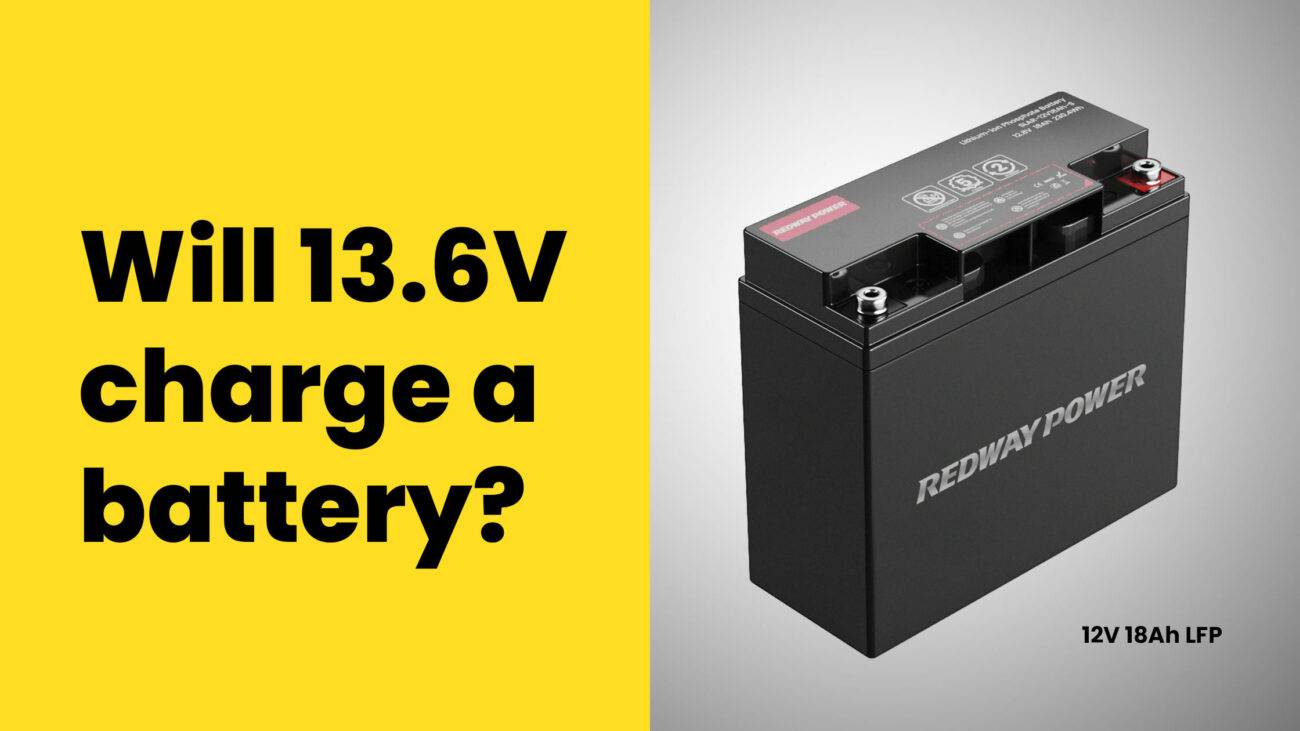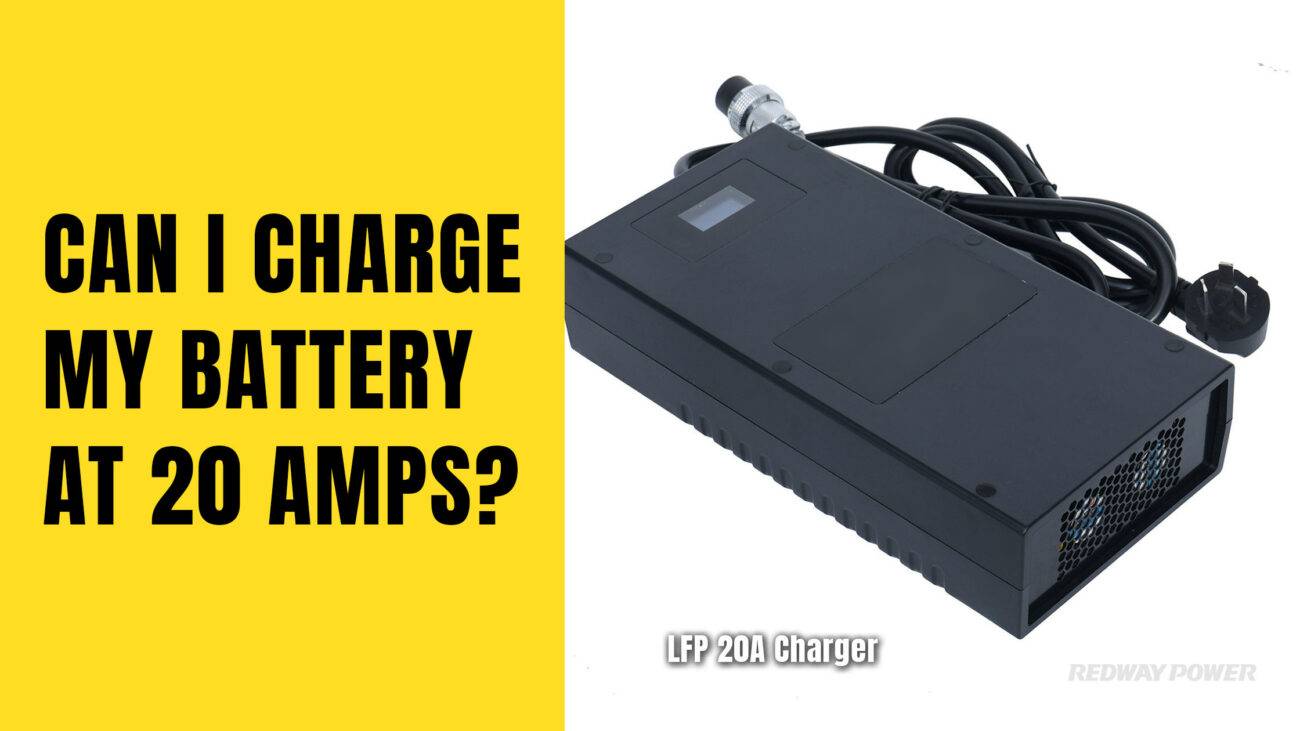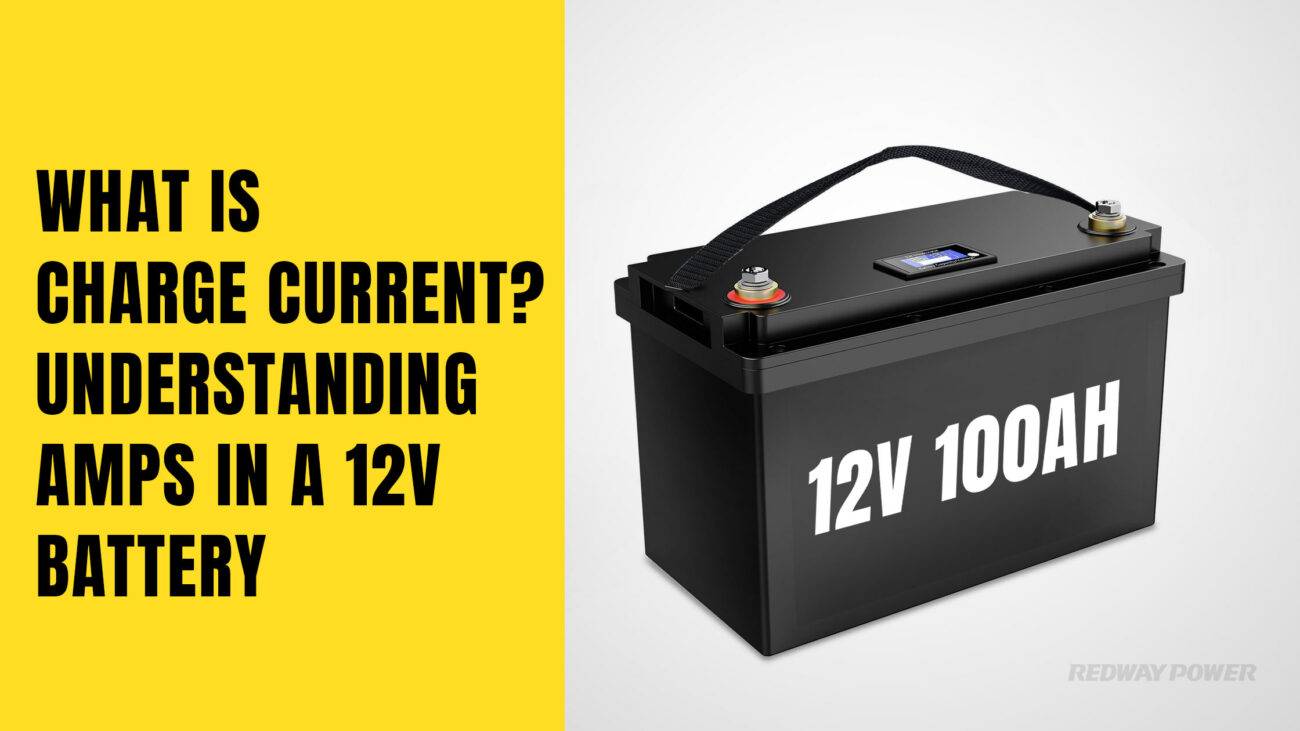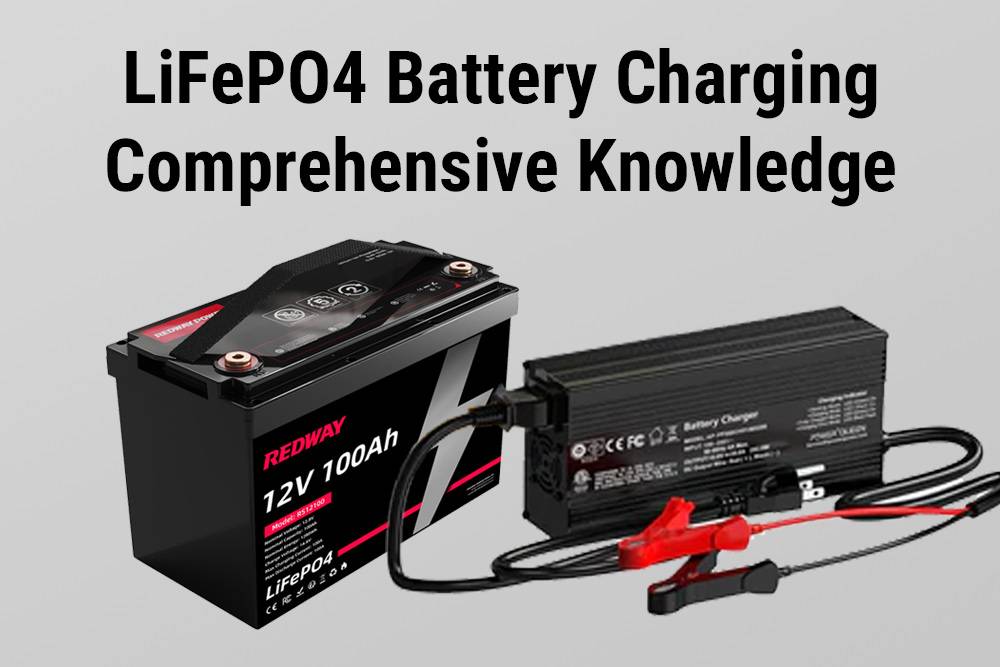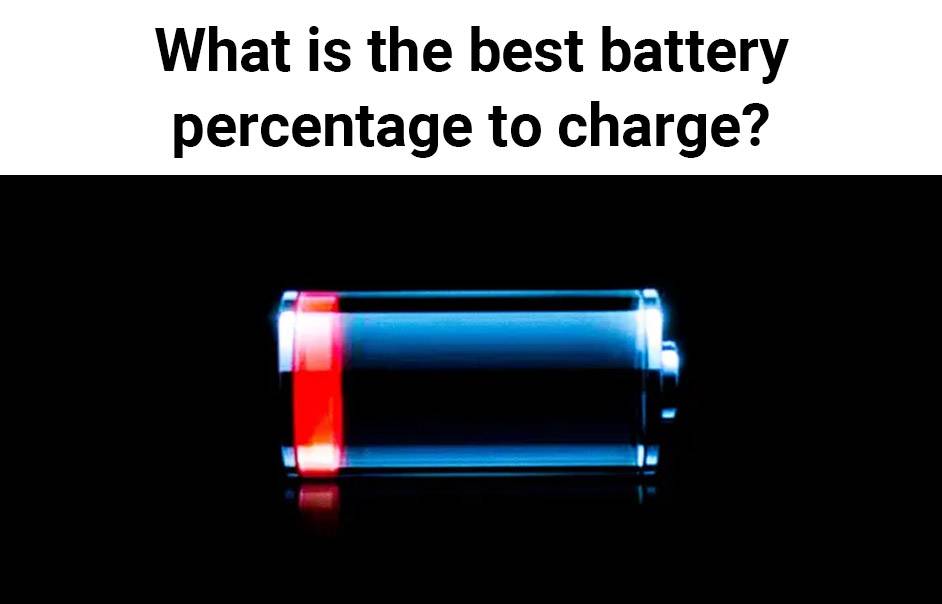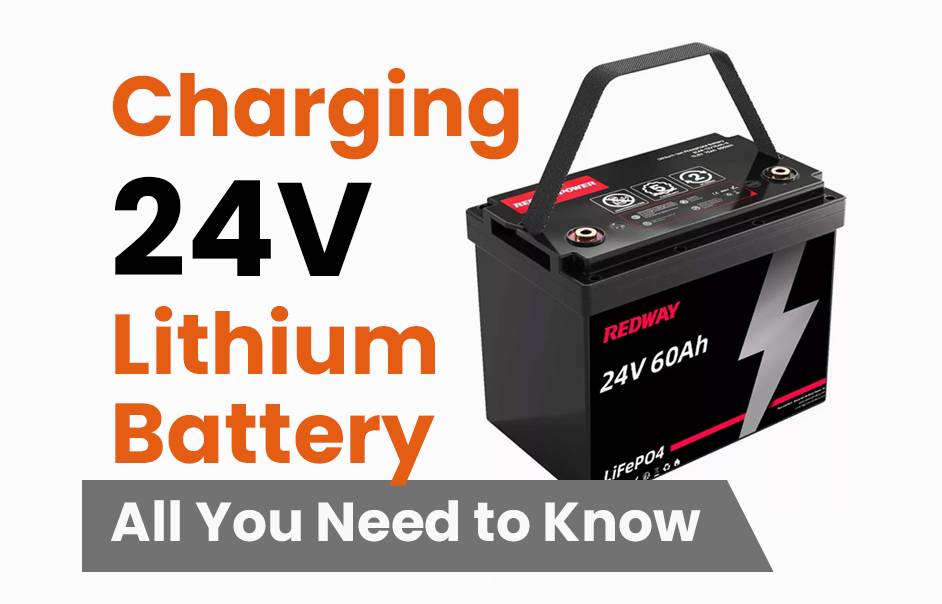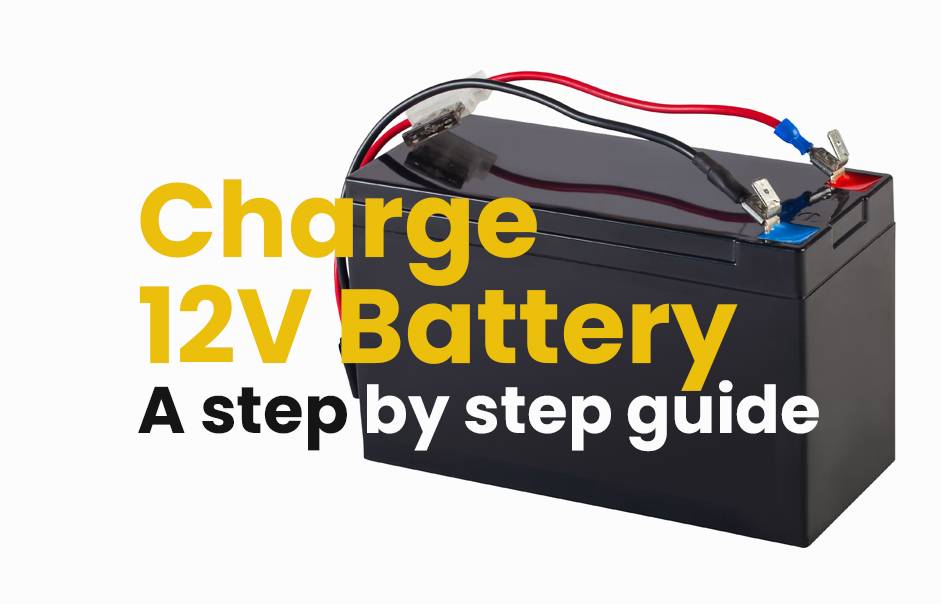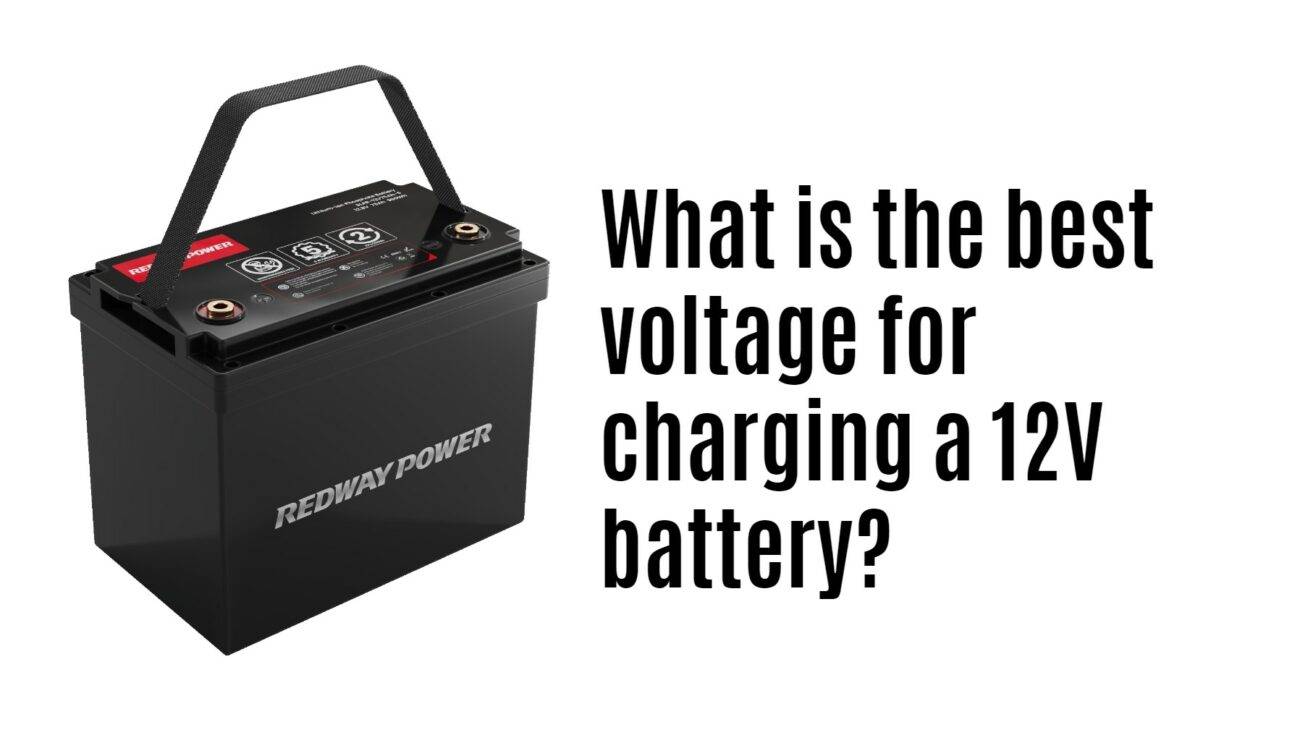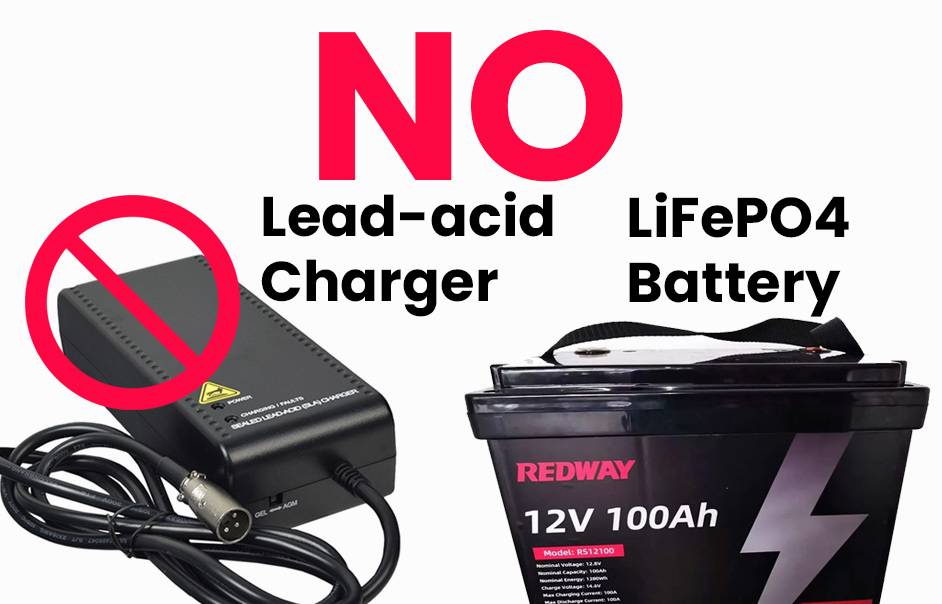In our tech-driven world, reliable charging is essential for our devices. Join us as we delve into the intricacies of battery charging, exploring optimal current needs for various battery types, and empowering you to charge efficiently and keep your devices powered. Let’s dive into this electrifying topic and amp up our knowledge!
Understanding Amperage and Voltage
Understanding amperage and voltage is essential for efficient battery charging. Let’s explore the meanings of these terms and how they impact the charging process to ensure reliable and long-lasting battery power.
- Amperage (Current Flow):
- Amperage determines how fast electricity flows into the battery during charging, with higher amperage resulting in faster charging.
- It’s measured in amperes or milliamperes, and using a charger designed for your battery type helps optimize the charging process.
- Voltage (Electrical Potential):
- Voltage represents the force determining how much energy can be stored in a battery during charging, with higher voltage allowing for more energy storage.
- It’s measured in volts, and following manufacturer’s guidelines for recommended currents helps prevent overcharging and optimize battery performance.
- Optimizing Charging:
- To optimize charging, avoid extreme temperatures during charging, regularly monitor charging progress, and disconnect the charger once the battery is fully charged.
- Understanding these concepts ensures efficient battery charging, optimizing performance, and ensuring longevity.
Factors Affecting the Amount of Current Required for Battery Charging
Charging batteries effectively requires understanding various factors that influence the required current. Let’s explore these factors and how they impact the charging process to ensure safe and efficient battery recharging.
- Battery Capacity:
- Larger batteries need more current to charge compared to smaller ones due to their higher capacity.
- Understanding battery capacity helps determine the appropriate charging current for efficient recharging.
- State of Charge (SoC):
- Completely discharged batteries require higher initial charging currents, which decrease as they become more charged.
- Monitoring the state of charge helps adjust the charging current to ensure optimal recharging without overcharging or undercharging.
- Battery Type and Chemistry:
- Different battery types have specific characteristics, requiring distinct charging currents for efficiency and safety.
- Consider the battery type and chemistry to select the appropriate charging current and prevent damage to the battery.
- Temperature:
- Extreme temperatures impact charging currents, so it’s essential to charge within the recommended temperature range for optimal performance.
- Monitoring temperature during charging helps maintain safe and efficient charging conditions.
- Charger Features:
- Some chargers have adjustable or automatic current settings based on these factors, optimizing efficiency and preventing overcharging or undercharging.
- Selecting a charger with suitable features ensures safe and effective battery recharging.
Recommended Current for Different Types of Batteries
Understanding the recommended charging currents for different batteries is essential for safe and efficient charging practices. Let’s explore a concise guide to charging currents for various battery sizes and types to ensure optimal performance and longevity.
- Smaller Batteries (e.g., AA, AAA):
- Capacity ranges from 500mAh to 3000mAh, with recommended currents of 0.1C to 0.5C.
- For example, a 1000mAh battery requires a current of 100mA to 500mA for efficient charging.
- Larger Batteries (e.g., Laptops, Electric Vehicles):
- Capacity ranges from 2000mAh to 6000mAh, with recommended currents of 1C to 2C.
- For instance, a 4000mAh laptop battery needs a current of 4A to 8A for effective charging.
- Cautionary Note:
- Avoid exceeding the manufacturer’s recommended maximum charge rate to prevent overheating or damage, especially for lithium-ion (Li-ion) and lithium-polymer (LiPo) batteries.
- Use chargers specifically designed for Li-ion and LiPo batteries and follow the manufacturer’s guidelines for these battery types.
Tips for Efficient Battery Charging
For efficient battery charging, it’s crucial to follow practical tips that ensure optimal performance and longevity. Let’s explore these tips to charge smart and maintain reliable battery power.
- Use the Right Charger:
- Choose a charger designed for your battery type to prevent damage and ensure efficient charging without overcharging.
- Avoid Overcharging:
- Use chargers with overcharge protection or set timers to prevent prolonged connections, which can lead to battery damage.
- Optimal Charging Temperature:
- Charge batteries in moderate temperatures to promote efficient charging and maintain overall battery health.
Common Mistakes to Avoid When Charging Batteries
To ensure successful battery charging and prolong battery lifespan, it’s essential to avoid common mistakes that can affect efficiency and longevity. Let’s explore these mistakes and how to steer clear of them for optimal charging experiences.
- Overcharging:
- Avoid leaving batteries connected for extended periods to prevent overcharging, which can damage batteries and shorten their lifespan. Follow manufacturer-recommended charging times to prevent overcharging.
- Incorrect Charging Equipment:
- Use chargers and cables that are compatible with your battery type, ensuring they match voltage and amperage requirements to avoid ineffective or unsafe charging practices.
- Ignoring Temperature Guidelines:
- Extreme temperatures can impact battery performance, so it’s crucial to avoid exposing batteries to excessive heat or cold during charging to ensure proper charging and maintain battery health.




